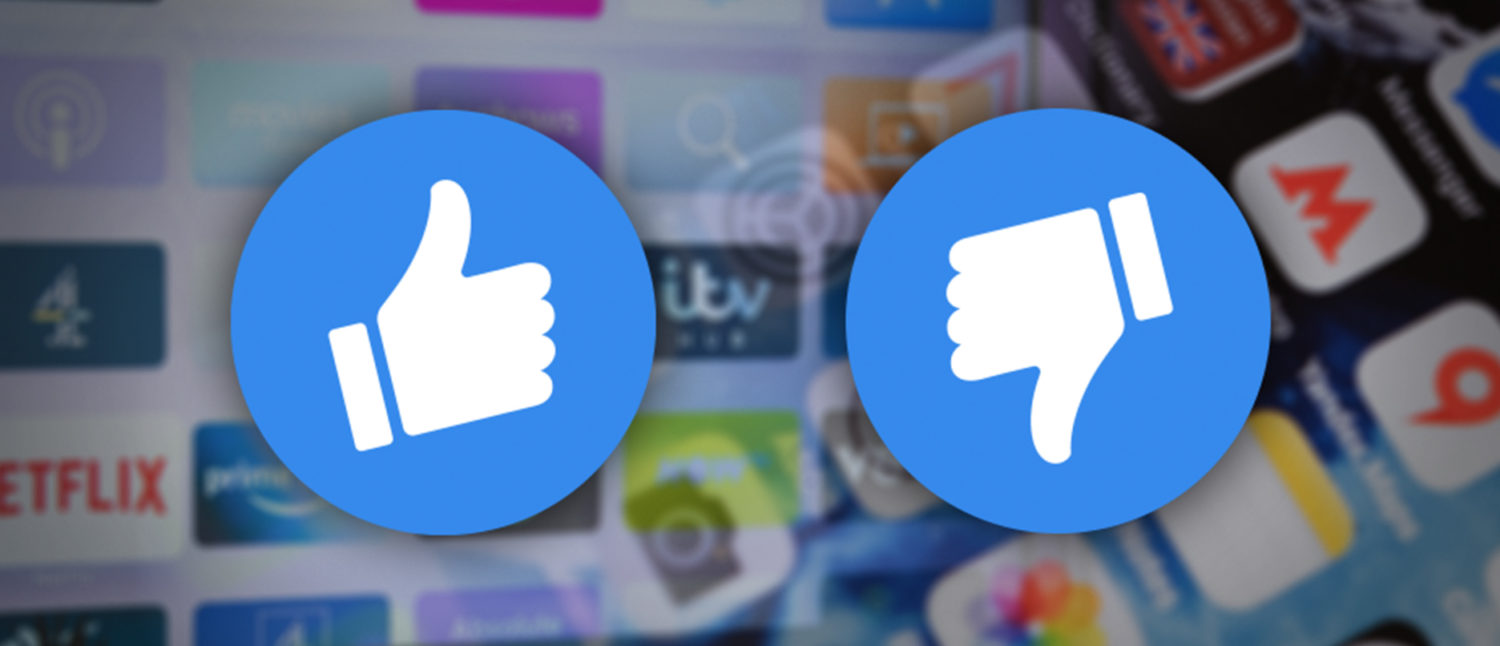Technology Winners and Losers of 2020

Every year has a breakout technology, and 2020 was no different. How many people had heard of Zoom before last year, much less used it as a verb? Of course, Zoom wasn’t alone; other video conferencing tools like Microsoft Teams, GoToMeeting and HouseParty became nearly as common as phones across business, academic and personal life. But they were hardly alone. There were many other communications technology winners in 2020, as well as some very clear losers. Here’s my take on the highlights and lowlights of the past 12 months.
WINNERS
E-Commerce
The segment that may have benefited the most from COVID-19 was one that probably least needed the boost—e-commerce. Amazon, the 800-pound gorilla of online retail, posted record revenue as couch-dwellers ordered everything from durable goods to groceries. Small businesses also turned to e-commerce in a big way. Per Adobe Analytics, online sales at smaller U.S. retailers were up 349% on Thanksgiving and Black Friday, and companies (mostly smaller) using the Shopify platform reported a 75% YOY sales increase on Black Friday.
Streaming Services
This was another already trending segment whose growth was accelerated by the pandemic. Almost all streaming services were strongly up last year and are expected to continue growing in 2021—especially Roku, the leading aggregator of streaming video channels.
Home Goods…and Booze
With people fearing COVID exposure from sweaty gyms, home fitness equipment also posted big gains in 2020, along with standard home-related goods such as furniture, electronics and cooking products. But people weren’t just eating healthy and exercising more at home—they were also drinking. Per IRI, year-to-date alcohol sales were up $4 billion (21%) in grocery stores, and nearly $8 billion (17%) across all retail channels.
“Alternative” Social Media Platforms
After coming under criticism for failing to stem political misinformation in 2016, Facebook and Twitter tried to slow it down in 2020 – and got hammered from all sides. Liberals considered their labelling protocols ineffective and full of loopholes, while conservatives decried them as a violation of free speech. The right wing backlash led to a huge post-election growth in Parler and MeWe. These “alternative” platforms offered little-to-no restrictions on content, making them a haven for everyone from conservative pundits to Proud Boys and anti-vaxxers.
LOSERS
Quibi
Perhaps the year’s most notorious bust was the short video streaming service Quibi. A portmanteau for “quick bytes,” Quibi burst onto the scene last April, led by former Hewlett-Packard CEO Meg Whitman and Hollywood mogul Jeffrey Katzenberg with backing from Disney other others via a $1.75 billion IPO. Unfortunately, the glitzy brain-trust overestimated the consumer appeal of the $5/month product when compared to YouTube (which is free) or longer-form services such as Netflix. Quibi went belly up after just six months.
Microsoft Mixer, MicroSoft Surface Duo
It wasn’t just tech newbies who failed in 2020. Some of the biggest names also stumbled – most notably Microsoft. Their Surface Duo phone was a head-scratcher from the beginning. The folding contraption was too big for a mobile phone, too small for a tablet and overall just too weird to catch on. Mixer, on the other hand, launched with a bang, luring big-name gamers like Ninja away from Twitch. Nonethess, the Mixer platform failed to gain enough traction to continue. Microsoft folded it on July 22, sending all its users to Facebook Gaming.
Virtual Reality
You’d think the pandemic-related “safer at home” orders would have been a boon for VR products such as Occulus Rift, right? Well, it didn’t work out that way. Instead, cash-strapped consumers stuck with games they already had and/or knew how to use. No VR games broke into the commercial mainstream. Apparently this much-hyped “technology of the future” will mostly remain a commercial enigma.
CyberPunk 2077 game
Speaking of gaming, the much-anticipated CyberPunk 2077 has gotten off to a terrible start. After multiple delays, the program finally launched in Q4 with a big-budget ad campaign featuring Keanu Reeves and a host of glitches. While it hasn’t died yet, it is certainly in the emergency room.
COVID-19 Contact Tracing Apps
A much more significant failure has been the slow adoption of COVID-19 contact tracing apps. Despite massive publicity about Apple and Google’s joint effort to develop one, adoption of the technology in the U.S. has been limited.
There are several reasons for this, starting with lack of federal involvement, which forces each state to recreate the wheel operationally. There’s also the politically charged nature of anything related to COVID prevention, and our ingrained suspicion of any government data tracking. Despite Google and Apple having made the technology as simple and privacy-preserving as possible, only 18 states were using it as of December 8.
THE JURY IS STILL OUT
Facebook and Twitter
As is always the case, the jury is still out regarding the fortunes of many companies and products. Facebook and Twitter are prime examples. Both have been criticized for their handling of misinformation, scrutinized on anti-trust and First Amendment issues, and challenged by new competitors. Nonetheless, both are still huge—and hugely profitable.
Tik-Tok
Tik-Tok was another social platform that had an up-and-down year. After making headlines when pesky teenagers used it to torpedo President Trump’s Tulsa, Oklahoma campaign rally, the president came back with an executive order intended to force the sale (or closure) of the Chinese-owned company. Though Microsoft, Walmart and Oracle all showed interested in acquiring it, Tik-Tok’s future in the United States is still TBD. Most recently, the government’s December 4 sale deadline has come and gone with no action. Look for more on this story in 2021.
UPDATE: Since this blog was written, Parler has been removed from the platforms of Amazon, Apple and Google for posts inciting violence.

